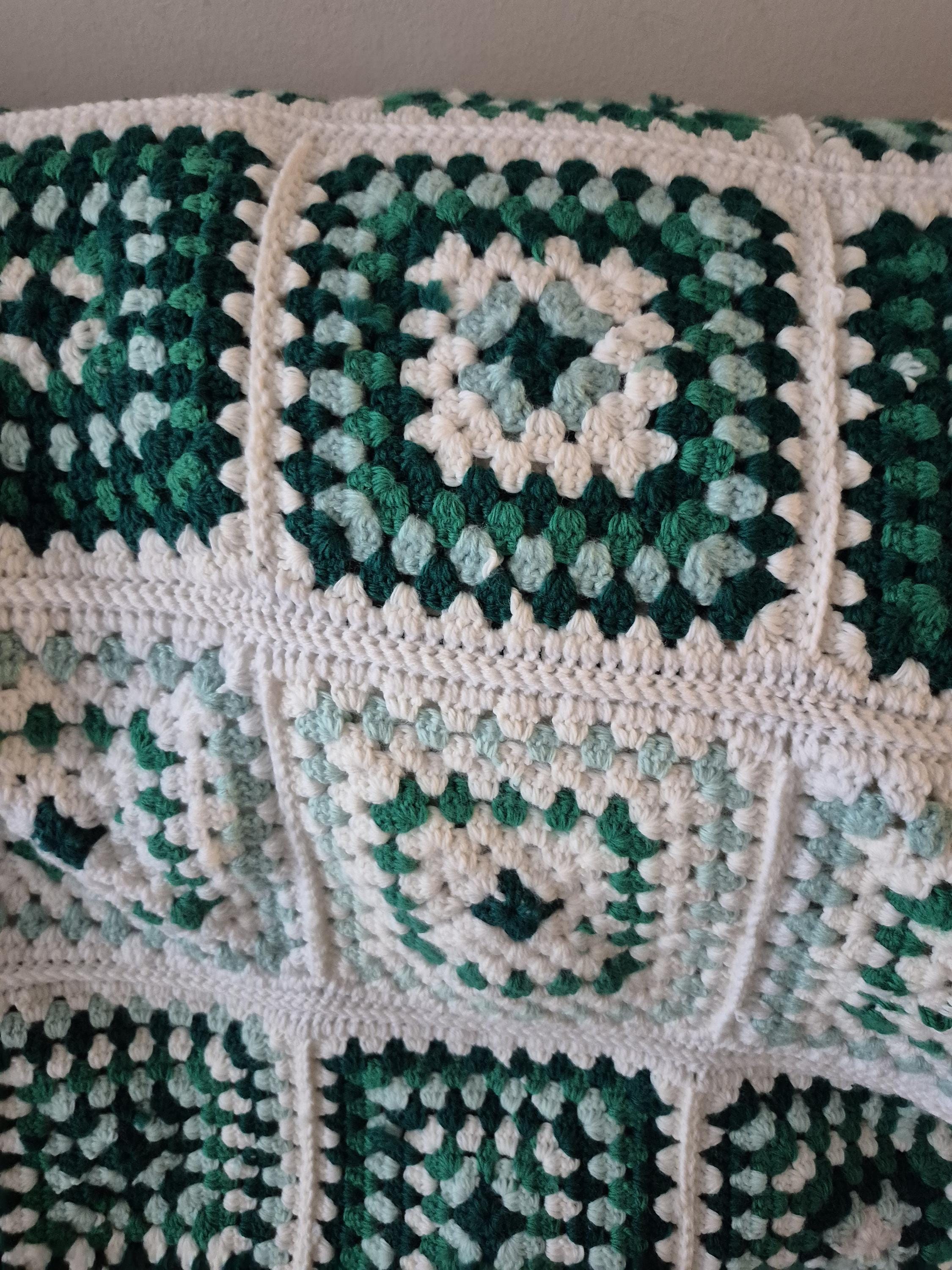Crochet granny squares are more than just colorful yarn blocks—they’re a symbol of creativity, resourcefulness, and tradition. Loved by generations around the world, these squares have stitched their way into homes, fashion, and hearts. But where did they come from, and why do they continue to inspire makers everywhere?
Victorian Origins: A Global Craft Awakens
The roots of the granny square stretch back to the Victorian era (1837–1901). During this time, crochet experienced a boom across Europe and North America. As industrialization brought affordable yarns to the middle class, women explored crochet as a decorative art. While the term “granny square” wasn’t yet in use, the concept of joining small ornamental motifs into larger textile pieces was widespread. These motifs were crafted into shawls, antimacassars, lap robes, and bedspreads—often using leftover yarn in artistic ways. Crochet was also spreading globally:
- Ireland: Famine-stricken women crocheted lace to support families.
- India: Colonial missionaries introduced European crochet, which local artisans adapted with indigenous flair.
- South Africa and Australia: British influence introduced crochet, later adapted to regional styles.
Crafting Through Crisis: Depression-Era Innovation Around the World
During the Great Depression (1929–1939), the granny square became a symbol of thrift and necessity. In the U.S., women crocheted to clothe families and warm homes—using every scrap of yarn. Its modular form made it perfect for blankets, cushions, and practical wearables. This story repeated worldwide:
- Europe: Wartime rationing turned crochet into a multigenerational skill.
- Canada: Women's institutes and church groups taught and shared patterns.
- Brazil & Argentina: Folk crafts embraced granny square forms in vibrant color palettes.
- Japan: Western crochet merged with traditional aesthetics post-WWII.
McCall’s Magazine and the 1970s Revival
In the 1970s, McCall’s Needlework & Crafts Magazine helped catapult granny squares into the fashion spotlight. They featured patterns for patchwork coats, ponchos, bags, and vests, making granny squares a boho fashion statement.
“Granny squares aren’t just for afghans anymore—they’re fashion-forward and fabulous.” — McCall’s Needlework & Crafts, Spring 1974The McCall’s Granny Square Coat became an iconic project, inspiring DIYers and designers alike to wear their yarn with pride.
A Modern-Day Revival
Today, granny squares are enjoying a stylish resurgence. Thanks to platforms like TikTok, Etsy, Pinterest, and Instagram, crafters are sharing innovative square-based creations in real time. From minimalist neutrals to bold maximalist color, today’s granny square projects show that old techniques still tell new stories.
Why Granny Squares Endure
- Beginner-Friendly: Easy for new crocheters to learn
- Modular: Scales easily from coasters to coats
- Eco-Conscious: Perfect for using yarn scraps
- Endlessly Customizable: Shapes, colors, and textures vary by maker
Explore Vintage Treasures
Love handmade heritage and vintage charm? 👉 Visit B and B Collectibles for curated treasures from generations past.
📚 Sources
- Butterick Publishing Company, Butterick’s Manual of Crochet and Knitting (New York: Butterick, 1891). View digitized copy
- Elizabeth Laird Mathieson, The Complete Book of Crochet (New York: Prentice-Hall, 1947). Available in major public libraries or through rare book sellers.
- Richard Rutt, A History of Hand Knitting (Loveland, CO: Interweave Press, 1987). Interweave Books
- McCall’s Needlework & Crafts Magazine, Spring 1974 edition. Available via vintage magazine sellers or Etsy. Search on Etsy
- Jessica Hemmings, Textile History and Contemporary Craft (London: Bloomsbury Publishing, 2016). Bloomsbury Academic
- Kathryn Vercillo, Crochet Saved My Life (Charleston, SC: CreateSpace Independent Publishing Platform, 2012). Amazon link
- Amy Solovay, “What Is a Granny Square?” The Spruce Crafts, last updated October 17, 2023. https://www.thesprucecrafts.com/granny-square-definition-978007

